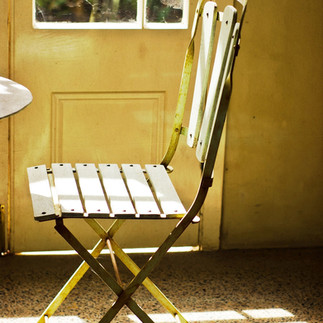Living in older houses, listed buildings or in a Conservation Area comes with many advantages, but can also present some challenges in terms of marrying heritage with modern life, particularly when it comes to energy efficiency and most specifically, windows and doors or fenestration as the planning bods refer to them!

Renovations of windows and doors can be the bane of a heritage property owner’s life.
The good news is that if your building is not listed or “locally listed” and is not in a Conservation Area, you should have a fair amount of choice when making replacements, because there are plenty of companies who specialize in replica timber sash and casement windows that can include double glazing and look great. There are also some very sympathetic UPVC versions of traditional windows if you’re happy to go down that route.
If you’re in a listed property or Conservation Area, however, things get a little trickier.
Windows and doors in listed buildings are often protected due to their importance to the design and integrity of the original property. Planning authorities will often not let you replace them with modern versions - and definitely no UPVC or double glazing!!
All this at a time when at our energy bills are going through the roof (or indeed through the window) and the same planning authority is urging us to do all we can to insulate and make our buildings energy efficient… and don’t get us started on the dreaded EPC rating requirements for rental properties or homes going up for sale. There is a lot of disparity out there.
The first thing to do with any windows in terms of energy efficiency is to ensure they are properly fitted. A lot can be achieved by re-fitting wonky windows and repairing and renovating original frames and glass.
You can also look at quick, cheap and easy methods such as:
Weather seals or weather stripping - a brilliant, quick and inexpensive way of insulating windows.
Caulk around window frames to seal up any cracks and gaps.
Window film - Window film is a really popular way to insulate windows — cheap to buy, easy to fit and effective. Comes in kits including tape.
Thermal curtains and blinds.
Low-emissivity (low-E) glazing - absorbs energy created by heating systems inside the building and is extremely effective at preventing heat loss and lowering energy bills.

If you have traditional timber sash windows, as found in many buildings from as early as the 16C, significant improvements to their thermal efficiency can be made through their overhaul, improving their fitting and through the use of effective brush draught excluders.
There are some very good companies that provide this service, and it can also be feasible to fit very slim double-glazed units within the existing sash windows. Don’t forget you will also need to adjust the counter-balancing weights for the additional weight, but this has the advantage of upgrading thermal performance whilst preserving the historic value and character of the original sash and saving money on the replacement of the entire window.

Advice from heritage experts is that when dealing with historic windows, the best option is ‘secondary glazing’ and thick curtains. It is also important to ensure the windows are in good condition and regularly maintained.
Secondary glazing can be used in Conservation Areas and Listed Buildings. This is where a secondary window is fitted inside of the original one, thus maintaining the exterior look of the house while creating an energy efficient, sound and draught-proof solution inside the home.
There are many window companies who specialise in secondary glazing, but choose one that has a proven track record and reviews for work with heritage properties. Recommendation is key.
It’s worth mentioning at this point, and it may seem obvious, but make sure the rest of your house is properly insulated where at all possible - in terms of walls, floors and roofs. You can go to town with windows but they’re kind of pointless if all your heat is going out through your floor, walls and roof anyway!
Replacing your windows needs to be part of the bigger insulation and energy efficiency picture.
If you live in a listed building, always ask advice from your local planning authority before making any changes to your fenestration (windows and doors).
For advice on renovations to your property, please feel free to drop Julie a line – julie@blissinteriors.me.uk.






